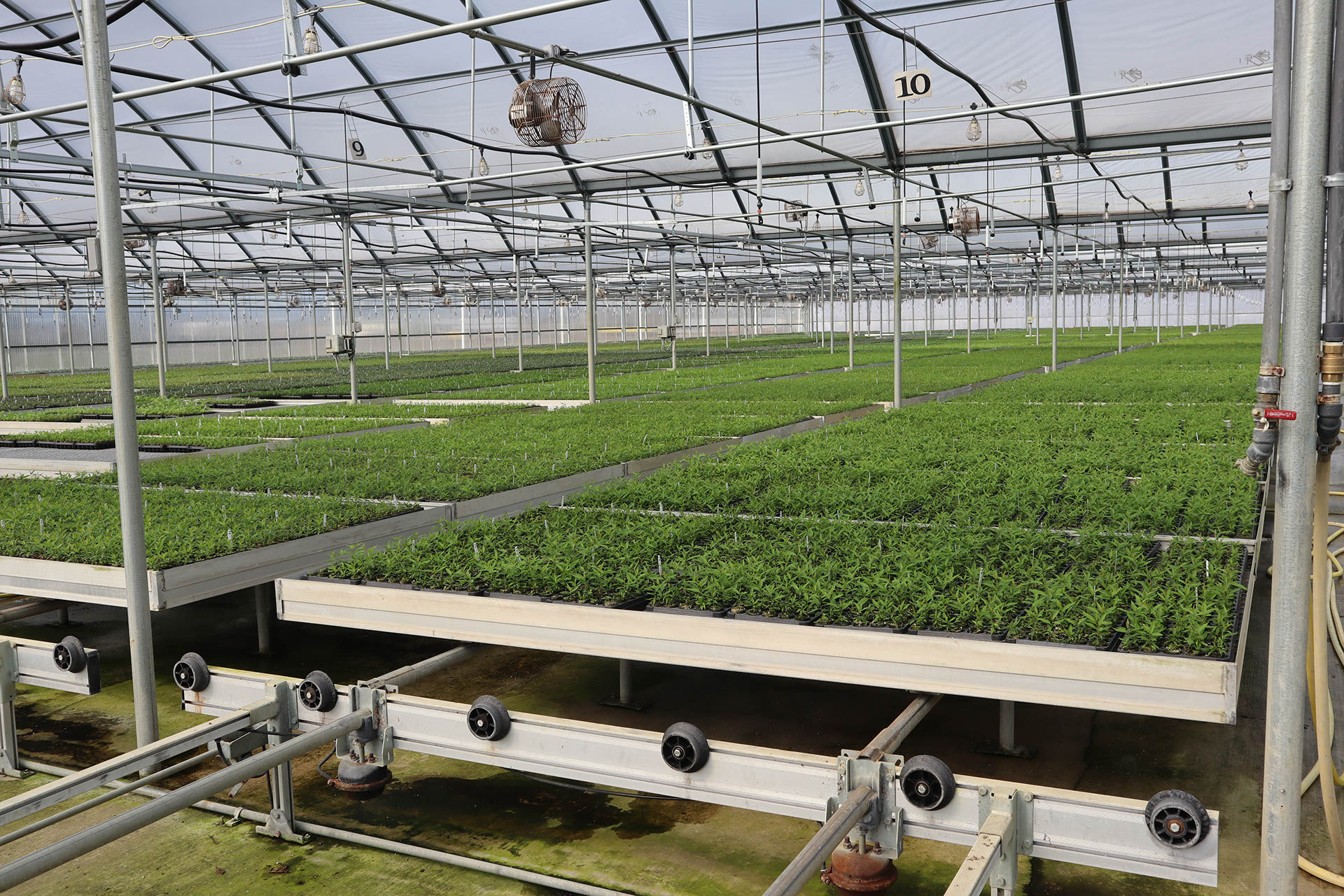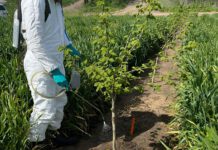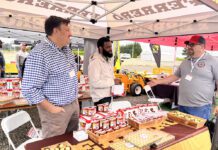
In the mid-1980s, a new disease threatened to wipe out the entire U.S. hazelnut industry. Eastern filbert blight (EFB) made its way from the East Coast to Oregon, and the trees of the Willamette Valley were not resistant. After years of research and collaboration, the Oregon hazelnut industry pulled through with new varieties resistant to the blight.
Integral to winning this battle were the responsible hazelnut nurserymen and propagators. These gatekeepers of the industry are responsible for supplying a growing orchard landscape and take their role very seriously. Trees arriving in the Willamette Valley from unapproved sources may not be EFB-resistant and could be damaging to all orchards and diminish the progress made through decades of hard work.
To prevent this, it is imperative for all growers to know his or her options, how to find a reputable supplier and the background information on the new plantings.
Micropropagation Process
Growers in the Willamette Valley are fortunate to have one of the world’s premier micropropagators in their own backyard. North American Plants was one of the first companies to micropropagate hazelnut trees, and to date, remains the largest to do so.
“We began working with plant tissue cultures (micropropagation) in 1998 and the business has been growing over the last two decades. We are propagating approximately 16 million trees per year. Now we are the largest tissue culture facility in the USA,” says Dr. Yongjian Chang, president of North American Plant. The company propagates a wide array of nut and fruit trees, as well as berries.
The micropropagation process begins when a new hazelnut variety is bred and released for sale. These new varieties often come from universities, and in the case of hazelnuts, from Oregon State University.
“We receive the mother material of new hazelnuts from Oregon State University and multiply them in our tissue culture lab. We then grow the plants in our greenhouse to about three-to-six inches in height. Finally, we move them on to our customers, many of them nurseries in Oregon,” said Dr. Chang. “We also grow up the trees in gallon pots for hazelnut growers directly.”
Throughout the entire micropropagation process, the plants are kept in a highly controlled, sterile environment so they are not exposed to any danger or disease; factors like temperature and humidity are also meticulously regimented. Each type of plant is fed with its own specific recipe, dialed in to the exact nutrition mixture ideal for vitality. For example, the hazelnut trees receive a different recipe than the raspberries or pistachios.
Once the plants reach a final stage and are too large to be stored in jars, they are transplanted into individual plugs. The stock is then moved into a large greenhouse where the plants live until they are shipped to a buyer.

Bare-Root Trees
The Bruck family has been in the nursery business since 1962 and remain one of the most reputable names in the industry.
“We are glad to see a variety of propagation methods—such as tissue cultures—become viable options for the growers,” said Dylan Bruck, who operates VP Bruck Nursery with his father and brother.
For the Brucks, however, they prefer to establish layering beds and begin the bare-root process. The trees grow in the layering beds through their first year and are then transplanted into the soil, where they grow until two or three years of age and are then sold.
“We are hazelnut growers, too, so that enables us to know what fellow growers are experiencing in the field; we are able to provide guidance on variety, age and size,” said Bruck.
The Brucks also recommend working with your nurseryman to identify the correct trees for your acreage; different varieties perform differently based on soil types, water demand and other environmental factors.
“It’s important for us to really listen and know what our grower wants. We value helping them achieve what they want to do,” said Bruck. “We need to know everything about trees so we can help the growers make informed decisions.”
Finding a Reputable Nursery
The Oregon hazelnut industry and Oregon Department of Agriculture (ODA) take the approval and recommendation of hazelnut nurseries very seriously. The hazelnut industry recommends anyone purchasing hazelnut trees in any quantity do so via a certified nursey rather than a retail location like a grocery store.
Most nurseries request that buyers make their orders six to nine months in advance, as the boom in the hazelnut industry since the mid 2010s has caused annual sellouts.
“It’s really great news for the industry; it’s a sign we are all growing together. However, that means anyone looking to plant trees for the first time or expand their orchard really needs to plan ahead,” Bruck said. “We may be able to supply someone with a handful of trees on short notice, but anyone looking to plant serious acreage will need to book those trees at least six months in advance.”
Whether the nursery sells micropropagated trees, bare-root stock or another method, they must be certified and licensed by the Oregon Department of Agriculture. All licensed nurseries are listed in a searchable database on the ODA website, Oregon.gov/ODA.
The Oregon hazelnut industry office also houses this database and contact information for all approved nurseries on its website, oregonhazelnuts.org.















